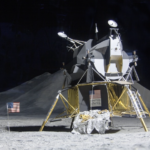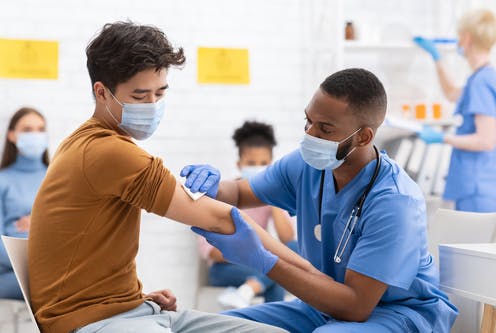It may be hard for some to believe, but it has now been over a year since COVID-19 was officially classified as a pandemic by the World Health Organization, and the world was quickly flipped on its head. As everyone has seen, this pandemic has taken a lot from humanity, including the lives of nearly 3 million people across the globe. Although it has been quite a tumultuous road to get here, the steady rollout of vaccines and the continued enforcement of practices such as social distancing, wearing masks, and quarantining when sick, are all aiding in the return to a more normal world. One extremely important way in which this sense of normalcy can be achieved is through the idea of herd immunity.
Herd immunity refers to the idea that if enough people in a population become immune to a disease, it becomes less likely that people will get sick, and eventually the entire population will be immune to its effects. It is estimated that 70-80% of a population must be immune in order for herd immunity to be achieved for everyone, however in some cases this number may be closer to 90%. So what does this mean in the context of COVID-19? If anything, it highlights the importance of vaccinations, since this is an extremely efficient and effective way to achieve immunity without getting infected by a pathogenic disease directly. As more and more people get vaccinated in the coming months, the likelihood of herd immunity increases directly, but the idea of getting enough people vaccinated in order to achieve that is another monster altogether.
As of March 23, approximately thirty-eight vaccine doses had been administered for every one hundred Americans, and although this figure is steadily rising, it is a notably much lower figure than the 70-80% immunity required for herd immunity, even with the over 100 million doses already administered. It just goes to show how monstrous this beast of a virus is, and that fighting it will continue to be extremely tedious. Additionally, this immunity is a slow process, and does not occur immediately or overnight as soon as this figure is met. Dr. Anthony Fauci, President Biden’s Chief Medical Advisor, notes how “if [75-80% of Americans become vaccinated] efficiently enough over the second quarter of 2021, by the time we get to the end of the summer, i.e., the third quarter, we may actually have enough herd immunity protecting our society that as we get to the end of 2021, we can approach very much some degree of normality that is close to where we were before.” This provides a sense of hope that 2021-2022 may look like a more normal year, but a lot of cooperation and patience will be necessary in order to make that feasible.
No matter when, or even if, life ever truly turns to normal following this paralyzing pandemic, the progress being made with vaccinations shows that the world is moving in the right direction towards better days. Additionally, Blind Brook’s RIPL plan to slowly phase students back to in-person learning has allowed dozens of students to return to school almost everyday, something that was literally not possible at all last spring. These steps may be small, but each one brings the world closer to a time where togetherness and unabridged human interaction will be made possible at last.
The medical professionals that have brought forth the vaccines and provide daily guidance when dealing with this ever-evolving virus are truly heroic, but they are not the only ones who must put forth an effort to combat this virus. Everyone still has a personal responsibility and must work towards achieving this normalcy through herd immunity, and that means maintaining social distancing, wearing a mask properly, and isolating after travel or exposure. There is no solution inscribed in stone that will end this virus, but over this past year, humankind has demonstrated that anything can be achieved when everyone does their part, something that is important now more than ever. It will take extreme patience to ride this year out and slowly emerge from these dark times, but the light at the end of this long and windy tunnel is surely coming into view.







